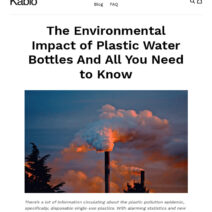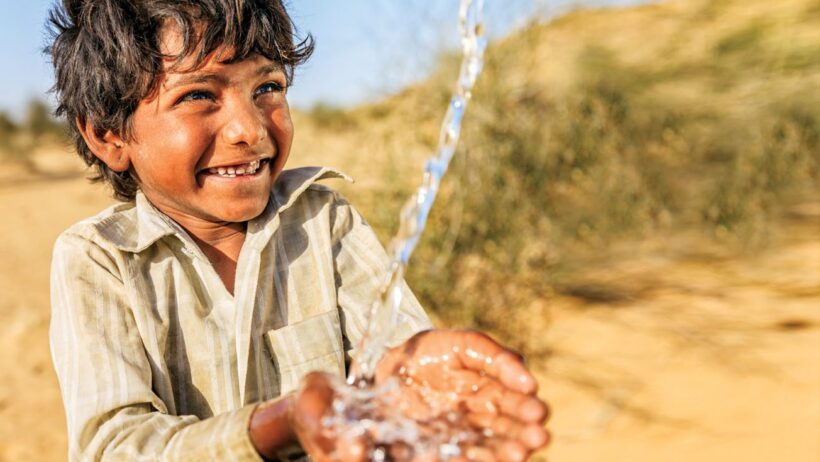In the modern age, the intersection of family dynamics and environmental responsibility has emerged as a significant arena for exploration and actionable change. Families, as the fundamental units of society, wield immense power in steering ecological stewardship. While the urgency of addressing climate change looms large, a common observation arises: some families appear apathetic toward their environmental impact. This observation, however, belies a deeper, often unexamined fascination with the interplay between familial structures and environmental accountability.
At first glance, the view that families lack environmental responsibility may stem from a superficial engagement with sustainability practices. Media narratives frequently highlight individual shortcomings, but this overlooks the multifaceted obstacles families encounter. A plethora of factors—including economic constraints, lack of access to resources, and systemic biases—contribute to the paradox of environmental inaction. Families, often preoccupied with day-to-day survival and well-being, might feel overwhelmed by the enormity of environmental challenges.
Nonetheless, an intrinsic fascination arises when examining how familial values shape environmental attitudes. Families often embody a microcosm of larger societal themes. Traditions, inherited beliefs, and cultural practices can cultivate a profound sense of environmental consciousness. For instance, families that prioritize outdoor activities may foster a love for nature in their children, generating a legacy of ecological appreciation. This organic interplay between familial activity and environmental awareness signifies that cultivating a responsible ethos can be rooted in simple, everyday interactions.
Equally pertinent is the notion of legacy and intergenerational responsibility. Families often grapple with existential questions regarding the moral imperatives they owe to future generations. Families today are living through the consequences of climate change—whether through erratic weather patterns, diminishing biodiversity, or pollution crises. Recognizing that their actions reverberate across generations can evoke a deeper sense of commitment to ecological practices. This acknowledgment of collective responsibility often galvanizes families to adopt sustainable lifestyles and advocate for greener policies, epitomizing the idea that small familial actions can culminate in significant environmental outcomes.
Moreover, the concept of stewardship emerges prominently in discussions of family and environmental responsibility. A family-oriented framework encourages a nurturing approach toward the planet, treating it as a shared home requiring care and protection. This philosophy not only strengthens familial bonds but also reinforces a sense of duty toward the environment. Families can engage in sustainable practices together, such as gardening, composting, or participating in local clean-up drives. These collaborative efforts foster a spirit of unity and determination, providing tangible ways to contribute positively to the environment.
Education within familial settings emerges as a powerful catalyst for change. Parents and guardians have the unique opportunity to instill environmental values from a young age. By integrating concepts of sustainability into daily conversations, families can create a culture of ecological awareness. For instance, teaching children about the importance of recycling, conserving energy, and understanding the intricacies of local ecosystems can usher in a generation equipped to tackle environmental issues. Such educational efforts not only enhance the family’s relationship with nature but also engender a community enriched by knowledge and accountability.
The role of youth in advocating for environmental responsibility often eclipses adult contributions. However, when families collectively engage in environmental advocacy, amplification occurs. Children possess an innate curiosity, making them formidable advocates for ecological issues. When families unite in addressing concerns—such as advocating for reduced plastic use or promoting renewable energy—they extend their impact beyond the household, influencing broader networks and communities. This phenomenon signifies that environmental responsibility does not rest solely on individual efforts; rather, it is a familial venture that can alter societal perceptions and actions.
Yet, obstacles persist in the journey toward family-centered environmental responsibility. Socioeconomic disparities can significantly affect access to sustainable resources. Families in lower-income brackets may face challenges in acquiring organic foods or eco-friendly products. Addressing these disparities requires systemic change and community-level engagement. By supporting local initiatives, such as farmers’ markets or sustainability education programs, families can help amplify voices advocating for ecological equity. This collaboration highlights the profound interconnectedness of environmental issues, socioeconomics, and familial responsibilities.
In conclusion, the intricate relationship between family and environmental responsibility presents opportunities for reflection, action, and engagement. Understanding the dynamics of familial values, traditional practices, and intergenerational obligations illuminates the underlying motivations influencing attitudes toward sustainability. As families navigate their responsibilities in a rapidly changing world, a commitment to nurturing the planet and future generations takes precedence. The journey toward environmental responsibility is not solely an individual endeavor; it is a collective mission that thrives in the hearts and homes of families, ultimately leading to a more sustainable and equitable world.








